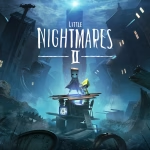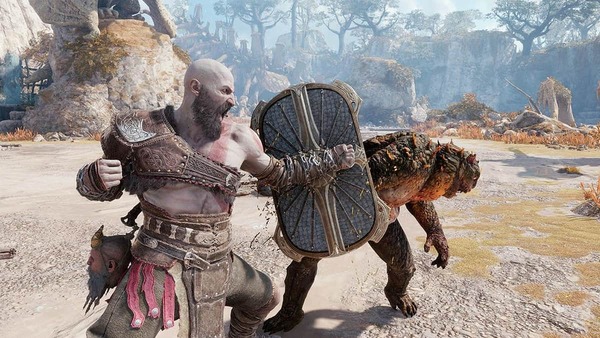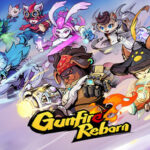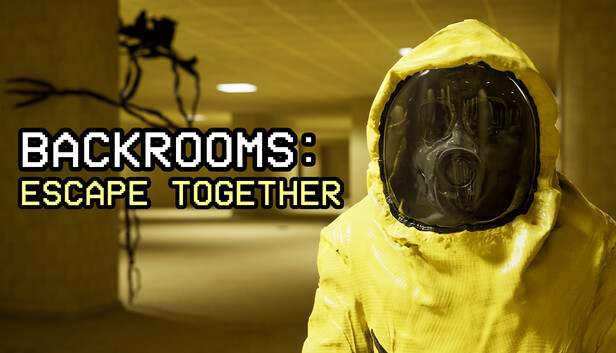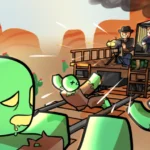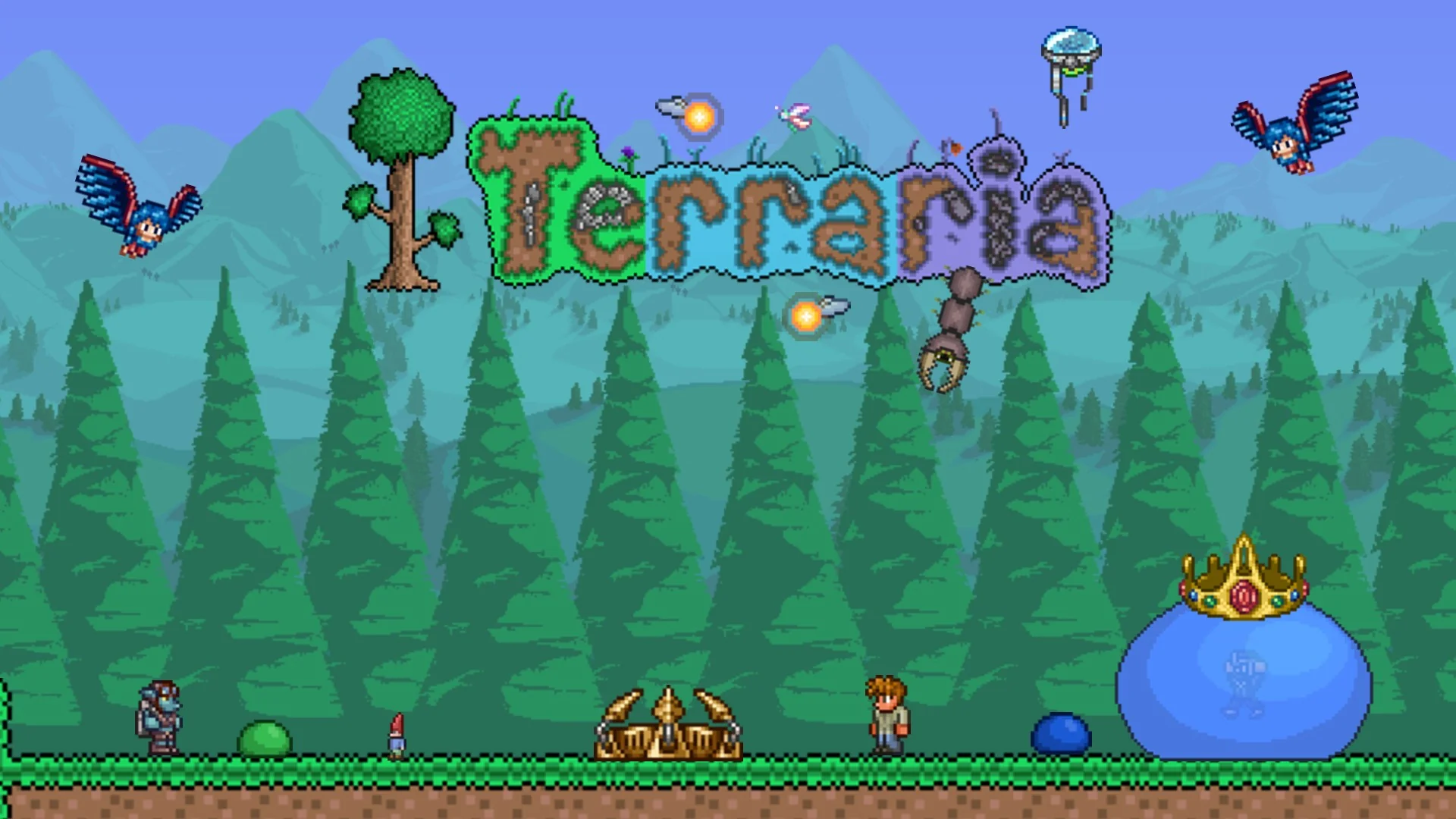
Terraria, developed by Re-Logic, is a sandbox adventure game celebrated for its deep progression system, diverse biomes, and vast crafting mechanics. The game offers a thrilling journey from the earliest wooden tools to god-like weapons and armor sets. However, while the early and mid-game sections are finely balanced with engaging challenges and rewarding exploration, the
late-game progression has often been criticized for becoming too
grindy, repetitive, and heavily RNG-based.
This article will take an in-depth look at the late-game progression issues in
Terraria, analyzing the barriers players face in acquiring top-tier gear, completing the final challenges, and how these design choices affect player retention and experience.
1. The Grind for End-Game Gear

Farming for Rare Items
One of the biggest hurdles players encounter in
Terraria's late-game is the excessive farming required to obtain rare and necessary items. Many of the best weapons, accessories, and materials are locked behind low drop rates from specific enemies, making progression feel more like a test of patience rather than skill.
Examples of Frustrating Drops
- Rod of Discord – A crucial teleportation tool for dodging attacks, yet it has a 1/500 drop rate from Chaos Elementals.
- Ankh Shield Components – Requires assembling multiple items, each with low drop chances from different enemies.
- Biome Keys & Key Molds – Unlock some of the strongest weapons in the game but require extensive enemy farming.
These mechanics often lead to players repetitively clearing enemy spawns, sometimes for hours, without a guarantee of success, creating an unbalanced level of tedium compared to the game's otherwise engaging progression.
Lunar Events & Moon Lord: The Repetitive Finale
The Lunar Events, which act as the final prelude to the Moon Lord boss fight, follow a
fixed cycle that players must repeat multiple times to craft all available end-game gear. This cycle consists of defeating the four Celestial Pillars, each summoning waves of powerful enemies, and finally fighting the Moon Lord.
- Time-consuming: Each full cycle takes a significant amount of time due to enemy spawns and defense mechanics.
- Repetitive gameplay: Unlike the varied exploration and combat seen earlier, the event forces players into repetitive combat loops.
- Gear dependencies: Certain playstyles (such as melee builds) struggle significantly more than others during these encounters.
While the Moon Lord is an appropriately difficult final boss,
forcing players through multiple cycles of the Celestial Pillars just to craft the necessary weapons and armor feels more like an artificial way to extend gameplay rather than an engaging challenge.
2. RNG Dependency in Key Battles
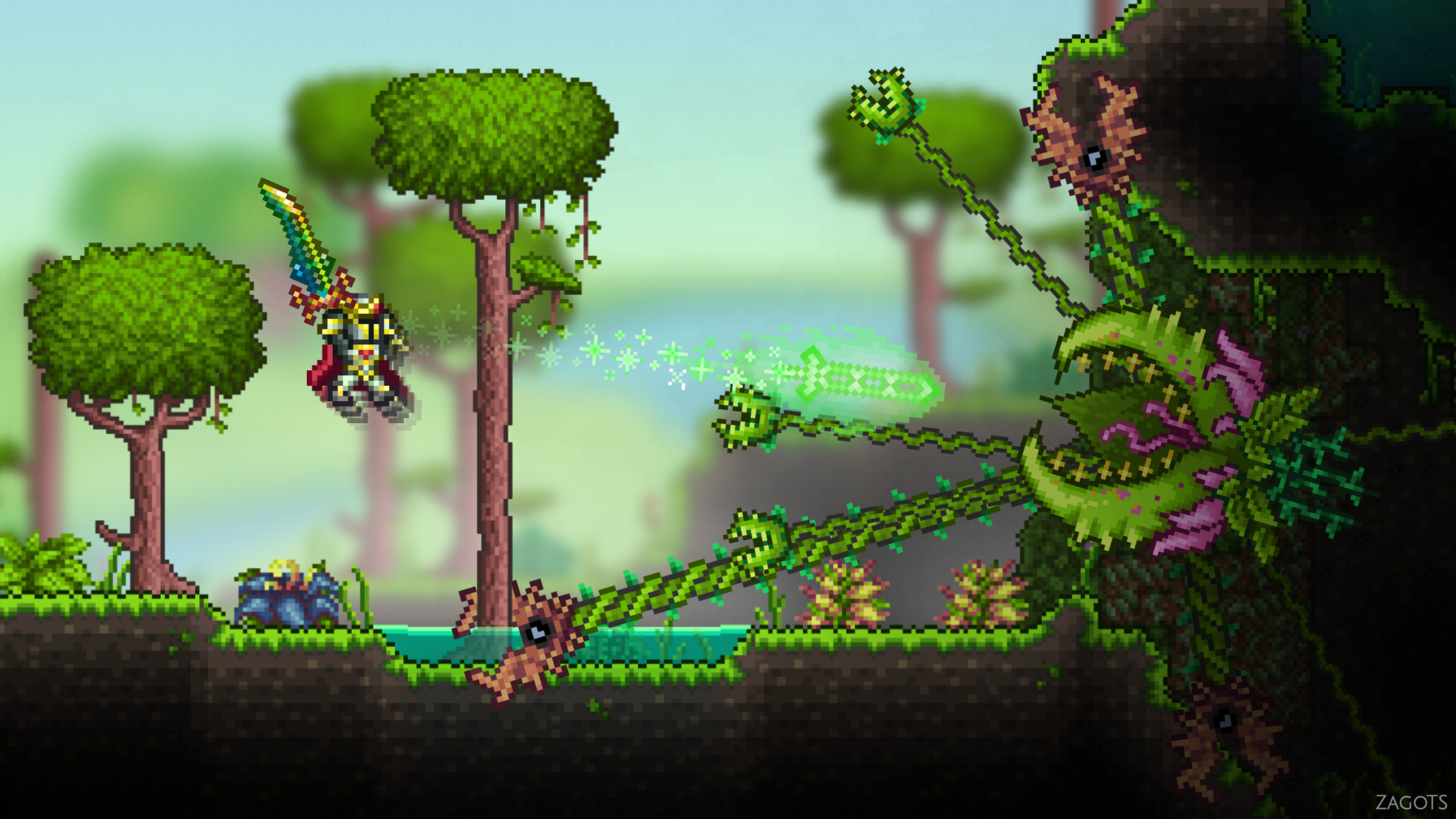
Boss Loot RNG & Build Limitations
Boss fights in
Terraria serve as major progression checkpoints, but the rewards often come down to chance rather than player effort. This means that a player may have to defeat a boss
many times before getting the item they need to progress effectively.
Examples of RNG-Heavy Boss Drops
- Empress of Light – Some of the best magic and summoner weapons, but you might need to fight her multiple times due to low drop rates.
- Moon Lord – Drops multiple exclusive weapons, but you may need several fights to obtain the best one for your class.
- Duke Fishron – Highly desirable weapons like the Tsunami bow and Flairon, but obtaining the one suited for your build requires multiple fights.
This randomness can force players to
grind unnecessarily, diminishing the satisfaction of boss fights, which should be the culmination of skill rather than a lottery system.
3. Class Imbalances in Late-Game Progression
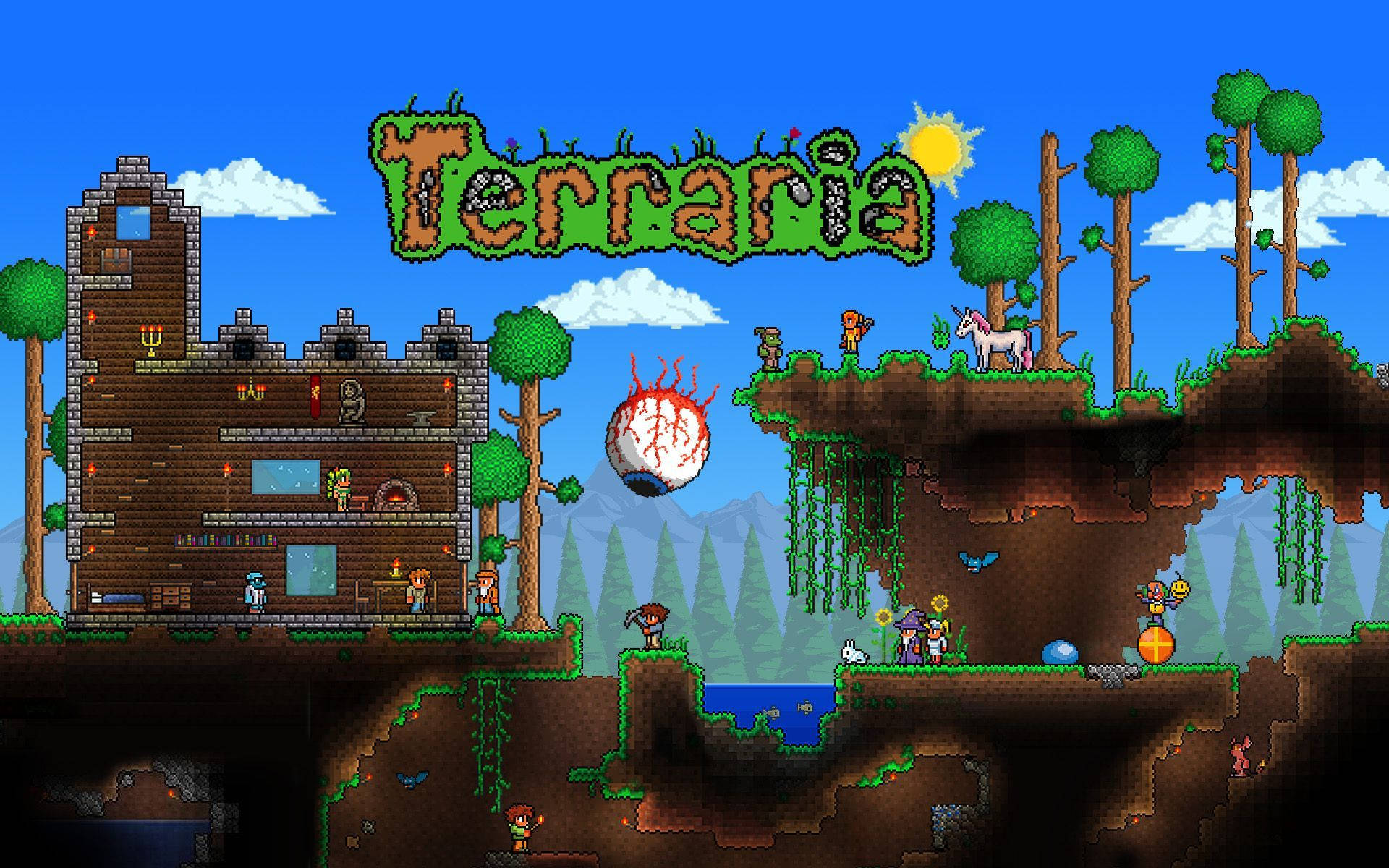
While
Terraria offers multiple playstyles (melee, ranged, magic, and summoner), some classes face significantly more challenges in late-game than others.
Summoner Class Struggles
The Summoner class is notorious for being
underdeveloped compared to other classes, especially in the late-game.
- Limited Weapon Diversity – Summoners have far fewer weapon choices compared to melee or ranged classes.
- Defense Issues – Summoners are forced to rely on minions, which do not always react fast enough to threats.
- Accessory Dependency – Optimal summoner setups require very specific gear, and without it, the class struggles significantly.
This imbalance makes it harder for Summoners to progress efficiently compared to Ranged or Melee users, reducing the class's viability in high-difficulty content.
4. Potential Fixes and Improvements
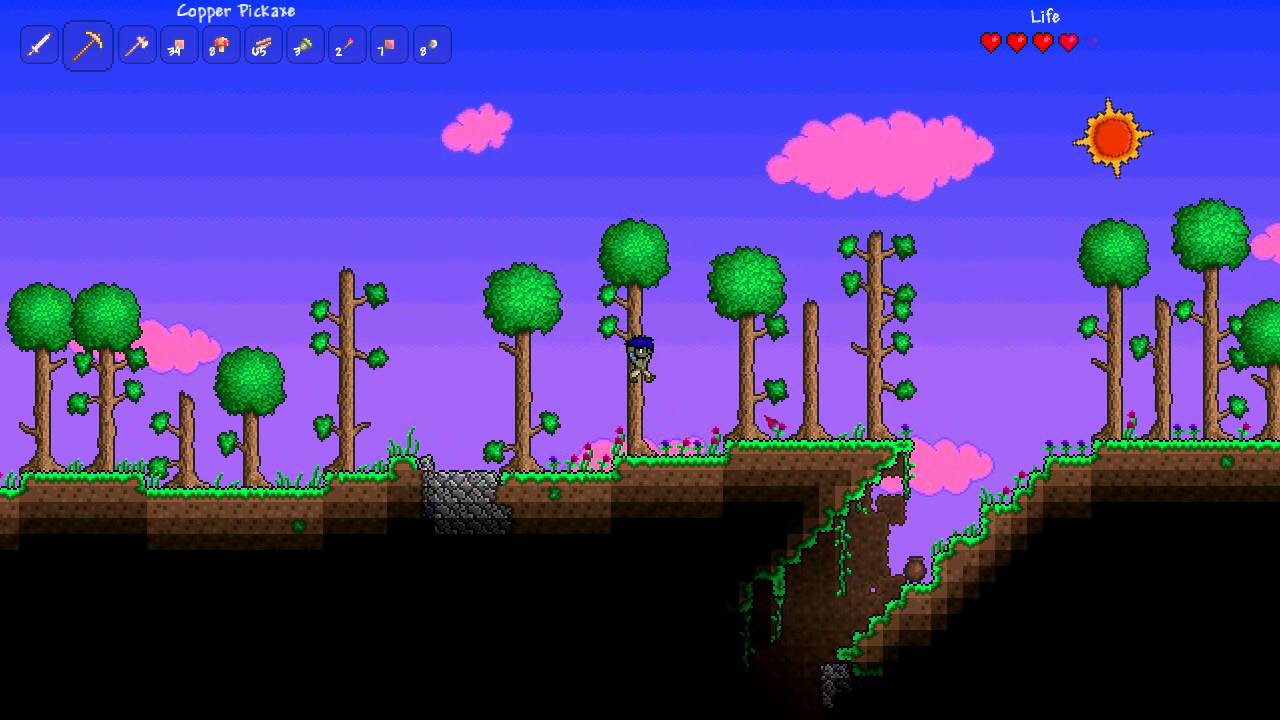
To address these issues,
Terraria could introduce improvements to
reduce unnecessary grind, improve class balance, and refine late-game progression.
Possible Solutions
1. Adjust Drop Rates for Essential Items
- Increase drop rates for key progression items (e.g., Rod of Discord, Biome Keys).
- Add alternative ways to obtain critical accessories through crafting rather than pure luck.
2. Rework the Lunar Events
- Reduce the number of times players must repeat the Celestial Pillars.
- Introduce variation to make these fights feel less repetitive.
3. Improve Summoner Class Viability
- Introduce more high-end summoner weapons.
- Improve AI behavior for minions to make them more responsive in fights.
4. Reduce RNG Reliance in Boss Loot
- Implement a token or crafting system for boss rewards so players can work toward specific weapons instead of relying entirely on luck.
By making these changes,
Terraria could
retain its challenging progression without forcing unnecessary tedium upon players.
Conclusion
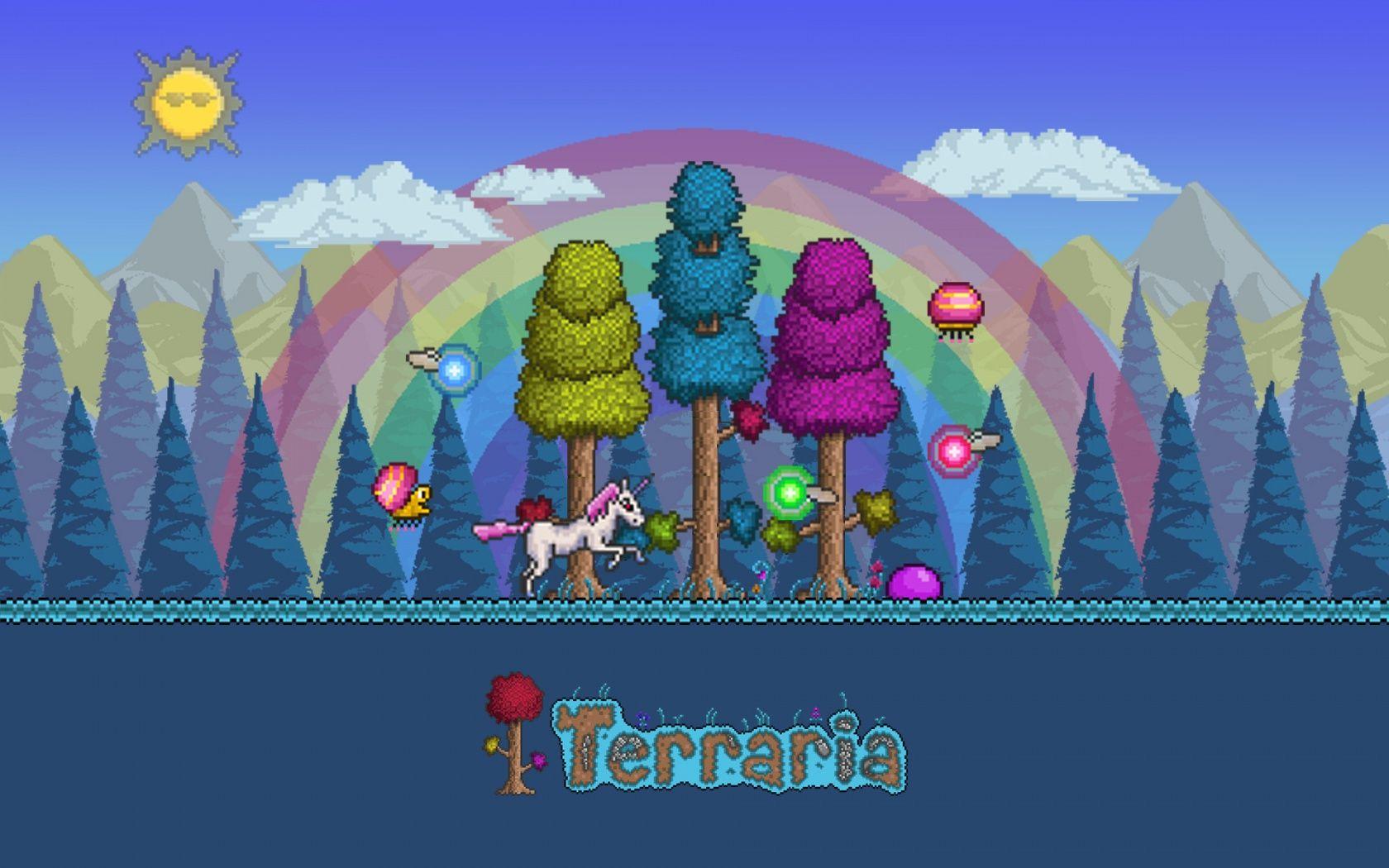
While
Terraria is one of the most beloved sandbox adventure games ever made, its
late-game progression system presents notable challenges that can hinder player enjoyment. The over-reliance on
RNG-based item drops,
repetitive event cycles, and
class imbalances create barriers that can frustrate players instead of rewarding them for their dedication.
By making strategic adjustments to
drop rates, event mechanics, and class balancing, Re-Logic could enhance the end-game experience while maintaining the
freedom, challenge, and creativity that make
Terraria so compelling. The game thrives on offering players diverse experiences, and improving its final stages would ensure that everyone—regardless of playstyle—can fully enjoy the journey from wooden swords to celestial godhood.


 While Terraria offers multiple playstyles (melee, ranged, magic, and summoner), some classes face significantly more challenges in late-game than others.
While Terraria offers multiple playstyles (melee, ranged, magic, and summoner), some classes face significantly more challenges in late-game than others.
 To address these issues, Terraria could introduce improvements to reduce unnecessary grind, improve class balance, and refine late-game progression.
To address these issues, Terraria could introduce improvements to reduce unnecessary grind, improve class balance, and refine late-game progression.
 While Terraria is one of the most beloved sandbox adventure games ever made, its late-game progression system presents notable challenges that can hinder player enjoyment. The over-reliance on RNG-based item drops, repetitive event cycles, and class imbalances create barriers that can frustrate players instead of rewarding them for their dedication.
By making strategic adjustments to drop rates, event mechanics, and class balancing, Re-Logic could enhance the end-game experience while maintaining the freedom, challenge, and creativity that make Terraria so compelling. The game thrives on offering players diverse experiences, and improving its final stages would ensure that everyone—regardless of playstyle—can fully enjoy the journey from wooden swords to celestial godhood.
While Terraria is one of the most beloved sandbox adventure games ever made, its late-game progression system presents notable challenges that can hinder player enjoyment. The over-reliance on RNG-based item drops, repetitive event cycles, and class imbalances create barriers that can frustrate players instead of rewarding them for their dedication.
By making strategic adjustments to drop rates, event mechanics, and class balancing, Re-Logic could enhance the end-game experience while maintaining the freedom, challenge, and creativity that make Terraria so compelling. The game thrives on offering players diverse experiences, and improving its final stages would ensure that everyone—regardless of playstyle—can fully enjoy the journey from wooden swords to celestial godhood.








